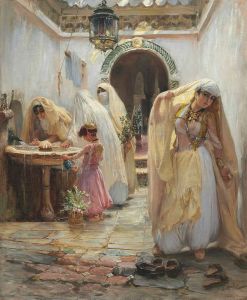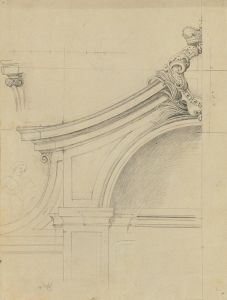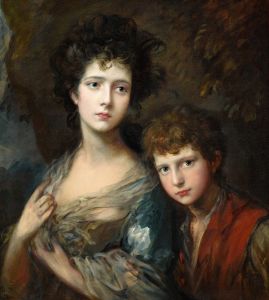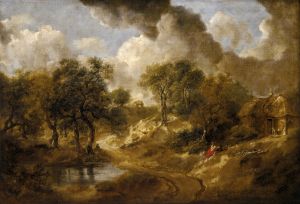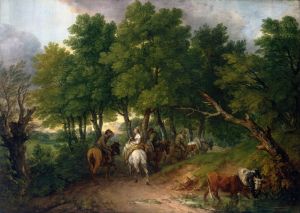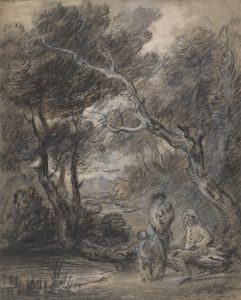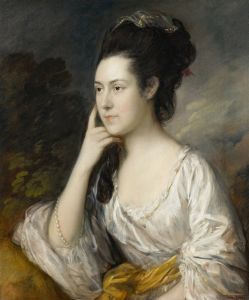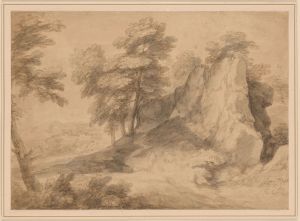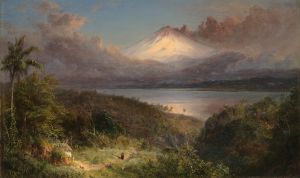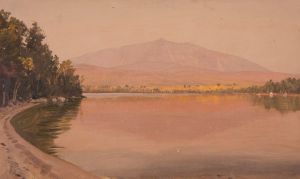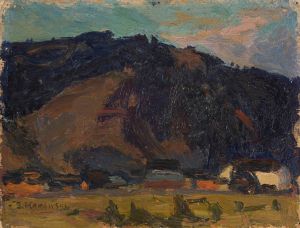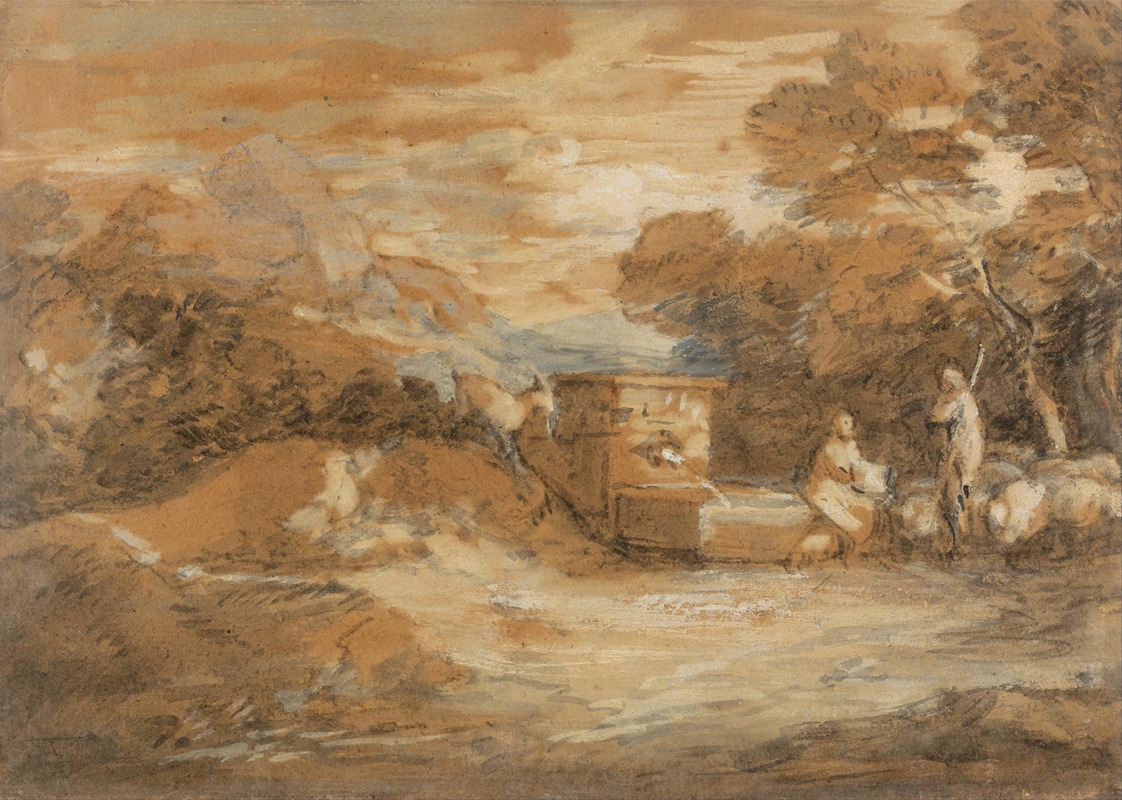
Mountain Landscape with Figures, Sheep and Fountain
A hand-painted replica of Thomas Gainsborough’s masterpiece Mountain Landscape with Figures, Sheep and Fountain, meticulously crafted by professional artists to capture the true essence of the original. Each piece is created with museum-quality canvas and rare mineral pigments, carefully painted by experienced artists with delicate brushstrokes and rich, layered colors to perfectly recreate the texture of the original artwork. Unlike machine-printed reproductions, this hand-painted version brings the painting to life, infused with the artist’s emotions and skill in every stroke. Whether for personal collection or home decoration, it instantly elevates the artistic atmosphere of any space.
Thomas Gainsborough's "Mountain Landscape with Figures, Sheep and Fountain" is a notable work by the renowned 18th-century British painter, who is celebrated for his landscape and portrait paintings. Gainsborough, born in 1727 in Sudbury, Suffolk, was a founding member of the Royal Academy and is often remembered for his ability to capture the natural beauty of the English countryside, as well as his elegant portraits of the British aristocracy.
This particular painting, "Mountain Landscape with Figures, Sheep and Fountain," exemplifies Gainsborough's skill in landscape painting, a genre he was particularly passionate about, despite his financial success with portraiture. The painting depicts a serene and idyllic rural scene, featuring a group of figures, sheep, and a fountain set against a mountainous backdrop. Gainsborough's landscapes are known for their poetic and atmospheric qualities, often characterized by a soft, diffused light and a harmonious composition that evokes a sense of tranquility and natural beauty.
Gainsborough's technique in landscape painting was innovative for his time. He often used a loose, expressive brushwork that allowed him to capture the fleeting effects of light and atmosphere. This approach can be seen in "Mountain Landscape with Figures, Sheep and Fountain," where the textures of the foliage, the play of light on the water, and the gentle contours of the hills are rendered with a delicate touch. His palette typically included a range of greens, blues, and earth tones, which he used to create depth and a sense of distance in his landscapes.
The figures and animals in the painting are integrated seamlessly into the landscape, reflecting Gainsborough's belief that human life and nature are interconnected. The presence of the fountain adds a focal point to the composition, drawing the viewer's eye and enhancing the sense of a peaceful, pastoral setting. This integration of figures into the landscape is a hallmark of Gainsborough's work, demonstrating his ability to blend portraiture and landscape into a cohesive whole.
Gainsborough's landscapes were influenced by the works of earlier artists such as Claude Lorrain and Peter Paul Rubens, whose paintings he admired for their idealized depictions of nature. However, Gainsborough's approach was distinctly his own, characterized by a more naturalistic and less formal style. His landscapes often convey a sense of movement and spontaneity, capturing the essence of the English countryside with a freshness and vitality that was innovative for the period.
"Mountain Landscape with Figures, Sheep and Fountain" reflects Gainsborough's deep appreciation for nature and his desire to convey its beauty through art. While he achieved great success as a portrait painter, his landscapes were his true passion, and he often remarked that he painted portraits only to support his love of landscape painting. This work, like many of his landscapes, demonstrates his mastery of the genre and his ability to evoke the serene beauty of the natural world.
In summary, Thomas Gainsborough's "Mountain Landscape with Figures, Sheep and Fountain" is a testament to his skill as a landscape painter and his enduring legacy in the history of British art. Through his innovative techniques and poetic vision, Gainsborough captured the essence of the natural world, leaving a lasting impact on the landscape genre and inspiring future generations of artists.






